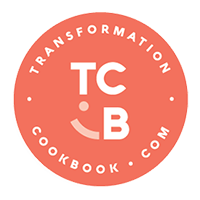8 Ways to Faster Fat Loss
Want to get back on track after the holidays?
Having trouble shifting that last few kilos that will make you look and feel really good?
Want to kick some serious butt for your Transformation Challenge? Put these steps in place, they work synergistically to create massive improvements.
1. Eat breakfast
Let's start with the basics; while you sleep your metabolic rate slows. Feeding gives your metabolism a boost. A lot of good research shows people who skip breakfast are unlikely to achieve the health and body they really want.[1] Before you do anything else in the morning (okay, do that first), consume a whole food meal rich in proteins, plant foods and good fats. Ditch the cereal box and packet shakes for real food and just remember, breakfast does not have to mean eggs every morning. Get some great starters in this article.
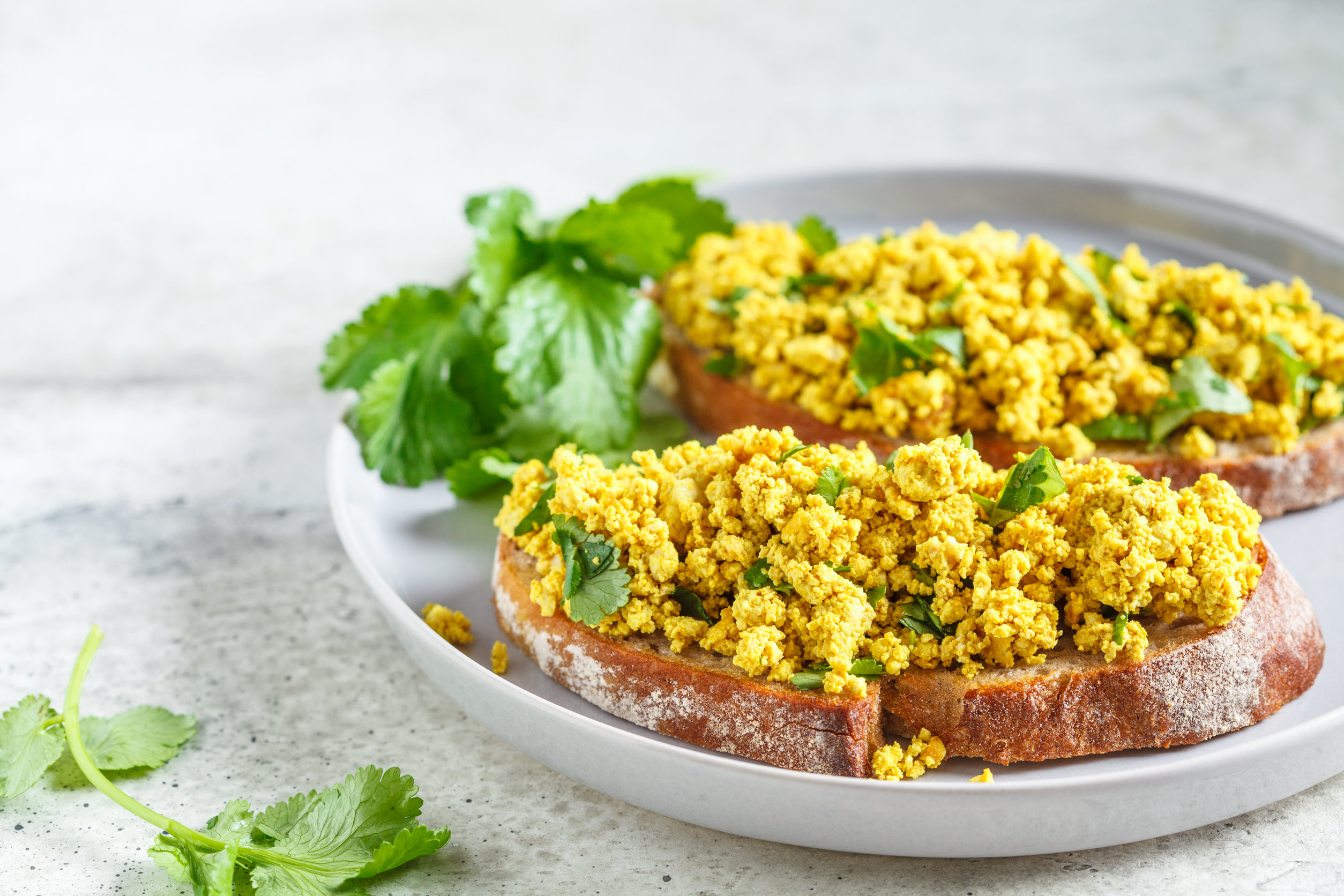
2. Establish a feeding pattern
Most people trying to shed fat will tend to cut energy from their plan. Any form of dieting (calorie restriction) slows the metabolism which makes fat loss difficult. As soon as you feel as though your results are stagnating, look at your feeding pattern first. People that eat fewer meals are more likely to over eat, possibly because those gut hormones that control appetite really get out of whack. Simply by increasing your meal frequency without necessarily increasing calorie (energy) intake can curb hunger pangs and prevent you from going for the stuff you shouldn't. While no magical number will maximize fat loss, establishing good meal frequency and patterns makes the chances of over eating difficult.[2,3]
3. Increase your vegetable intake
Establishing a good feeding pattern in your day simply means you've learnt the Secret of Nutrition - how to consistently ensure the right choices are there at the right time! This obviously comes from great meal prep skills and systems - we have a whole bunch of 'em in the Transformationcookbook.com Yes, a shameless plug! However, only when great meal prep systems are in place can the all-important refinements of your plan begin.
One example is vegetables. Most of us know we should eat more of them. However, knowing how to do that simply, deliciously, is another matter. In fact the most recent nutritional survey of our eating habits shows 96% of Australian Adults fail to get the minimum amount.
So what is the minimum? According to Australian Dietary Guidelines, one serving of vegetables is the equivalent of a half cup of broccoli. Adults only need a minimum of 5-6 servings a day.[4] Conversely, every single person that has hit a fat loss plateau will make great improvements when they systematically increased their vegetable intake.
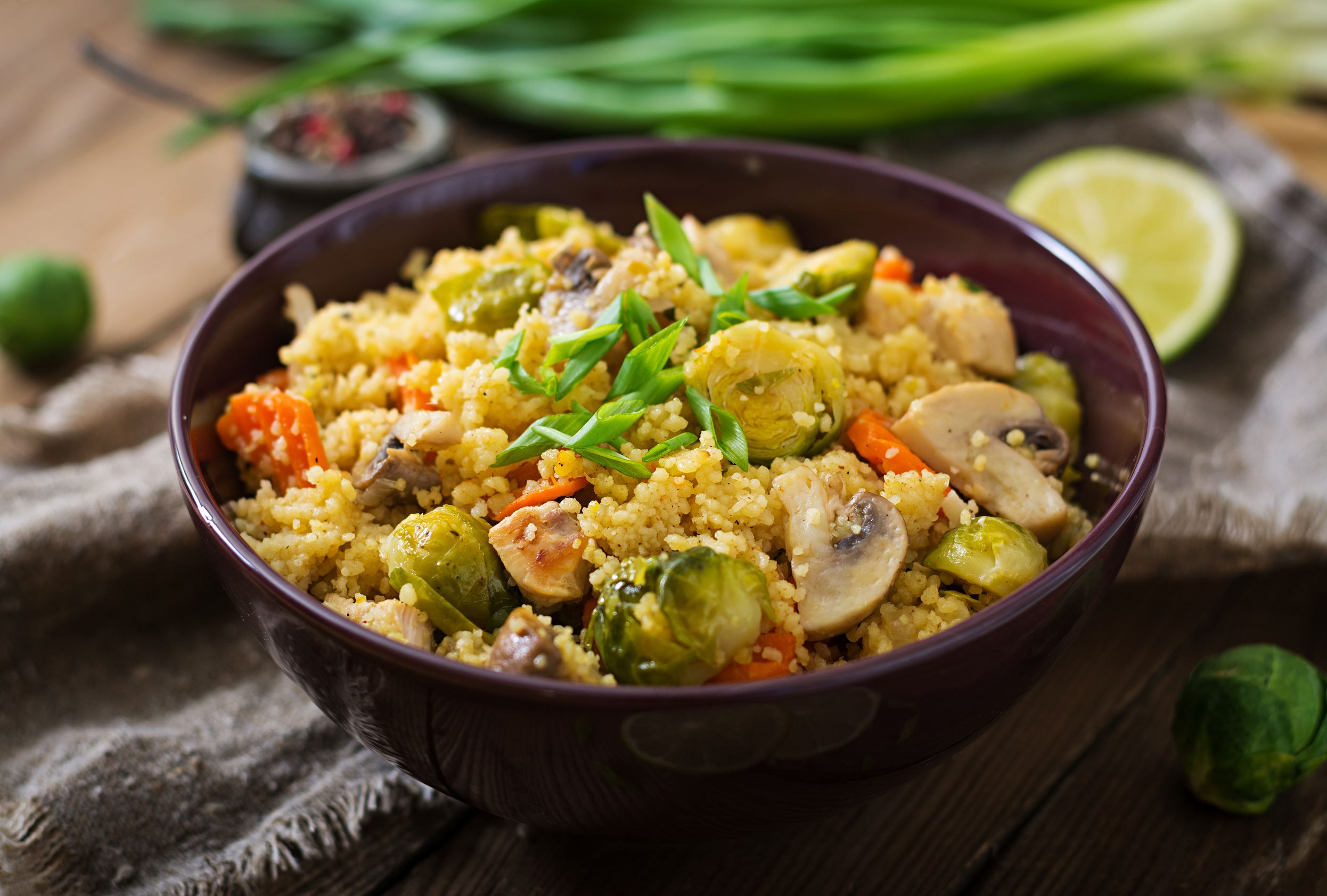
Even a plat full of vegetables is less than 300 calories and most people couldn't finish the plate. However, consuming your veggies at your meals will stabilise blood sugar and keep insulin levels right where it needs to be for fat metabolism to occur. This bio-environment also helps reduce muscle protein breakdown and promote better synthesis of new muscle tissue. This also helps reduce the amount of dietary protein being utilized as an energy source when dieting which prevents the loss of hard-earned muscle. As muscle is the only tissue that burns fat, your efforts to shed fat become easier. Read Dine By Colour for a Lean Physique
4. Be strategic with cardio (aerobic) exercise selection and frequency.
Exercise (in all its forms) is merely a stimuli to adapt in a particular way. Most people want to improve their fitness but they also want to maximize fat loss from any cardio exercise. To achieve fitness and fat loss from every workout, be aware of the the type, timing and frequency you perform each workout. The first step to maximizing fat loss from cardio is to promote inefficiency. To achieve this, don't perform the same type of workout activity often. The next step is to manipulate frequency gradually. Promoting inefficiency throughout your program will give you the best chance of maximizing calorie expenditure from every workout.
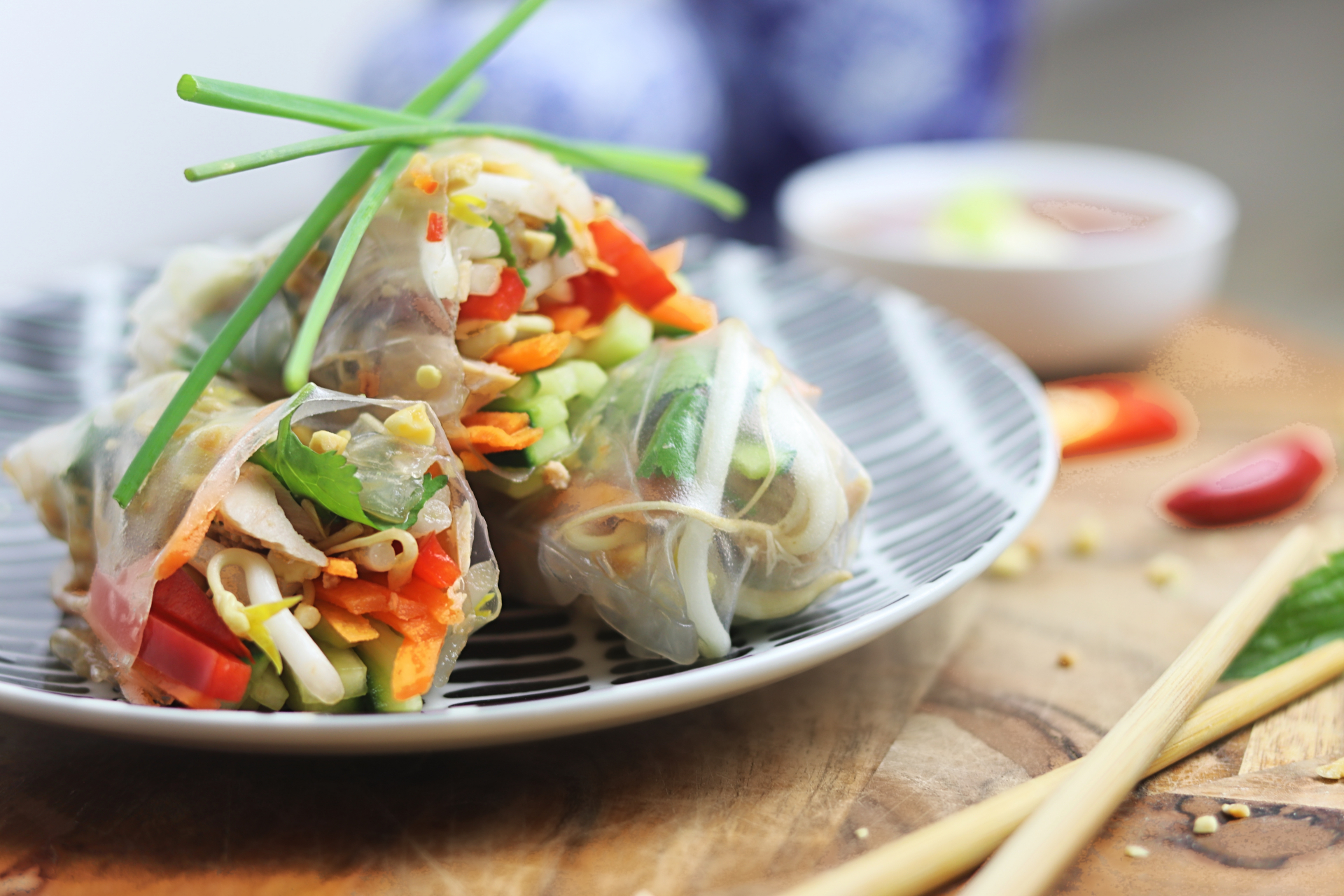
5. Drink more water
While there is no direct evidence that drinking more water results in fat loss, muscle and other tissues are 80% water. When muscle cells are dehydrated by only 1 or 2%, a catabolic process is triggered and so is athletic performance. Dehydration makes nutrient transport into cells difficult which impairs recovery and gains from exercise training. When fluid intake is increased, particularly in the presence of cell-volumizing nutrients such as amino acids (protein), carbohydrate and creatine, cell volume increases. Increasing cell volume switches on anabolic process - the synthesis of new tissue essential to recovery. [5] So drink up!
6. Consume the majority of your calories during the day
A lot of research that has analyzed our diets suggests that lean people generally eat more during the day and less at night.[6] They consume most of their calories during the day as opposed to at night. Some researchers believe that by consuming the majority of your calories during the day, more calories are burnt as fuel and less are stored as fat. However, what you eat after a workout can also be important.
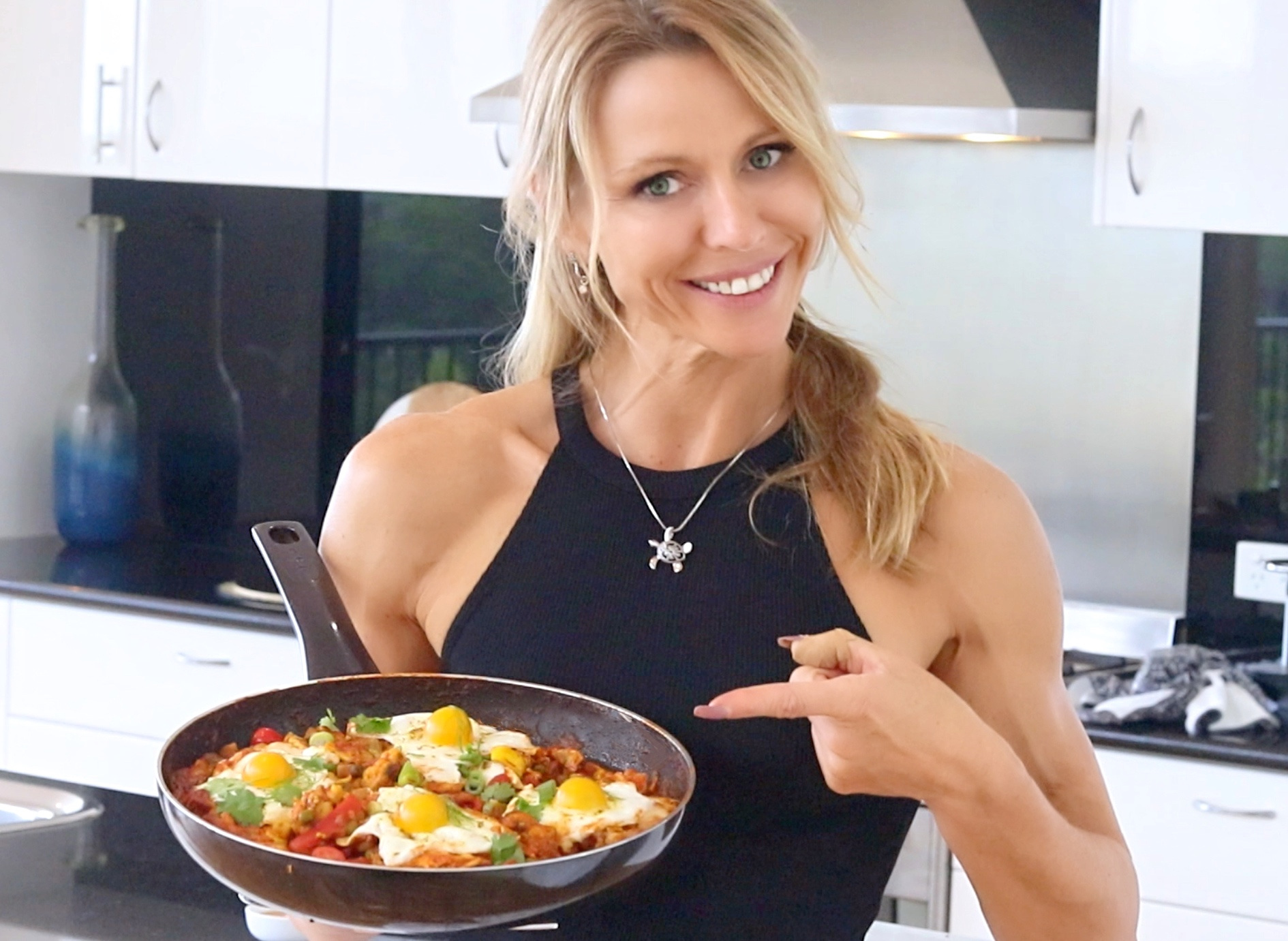
7. Consume a substantial portion of your daily calories within the Metabolic Window.
Vigorous or intense exercise accelerates metabolism and tissue breakdown. Without the correct approach to nutrition after training, a loss of lean tissue can be the end result. Any diet that promotes the loss of lean tissue (muscle) is the quickest way to fat gain. The post workout period is an ideal "metabolic window of opportunity" for boosting the metabolism and improving body composition. Research demonstrates that nutrients consumed in the hours following a workout are shuttled directly to muscles to boost the metabolism and repair damaged tissue. Nutrient consumption in the post-workout period does not interfere with the fat loss process - in fact, it promotes it. Learn more about how to use the Metabolic Window in Shar's Transformation cookbook
8. Don't "live" on supplements.
In an attempt to get lean, some people try to "live" on supplements and protein powders; they don't consume enough whole foods to provide optimal nutrition for intense exercise. I've always found that supplements provide the best results when they "complement" an extensive and varied whole food intake rather than replace it.
The very best supplements can only exert their potent effects when consumed along with a high intake of whole food - not in place of it. One clear example is step 3 of this article. Increase your vegetable intake. Also, a high intake of protein-rich whole foods such as egg whites, fish, meats legumes and poultry will stabilize blood sugar and insulin levels, this ensures that your supplements are directed towards muscle growth and repairing muscle tissue and not wasted by providing energy.
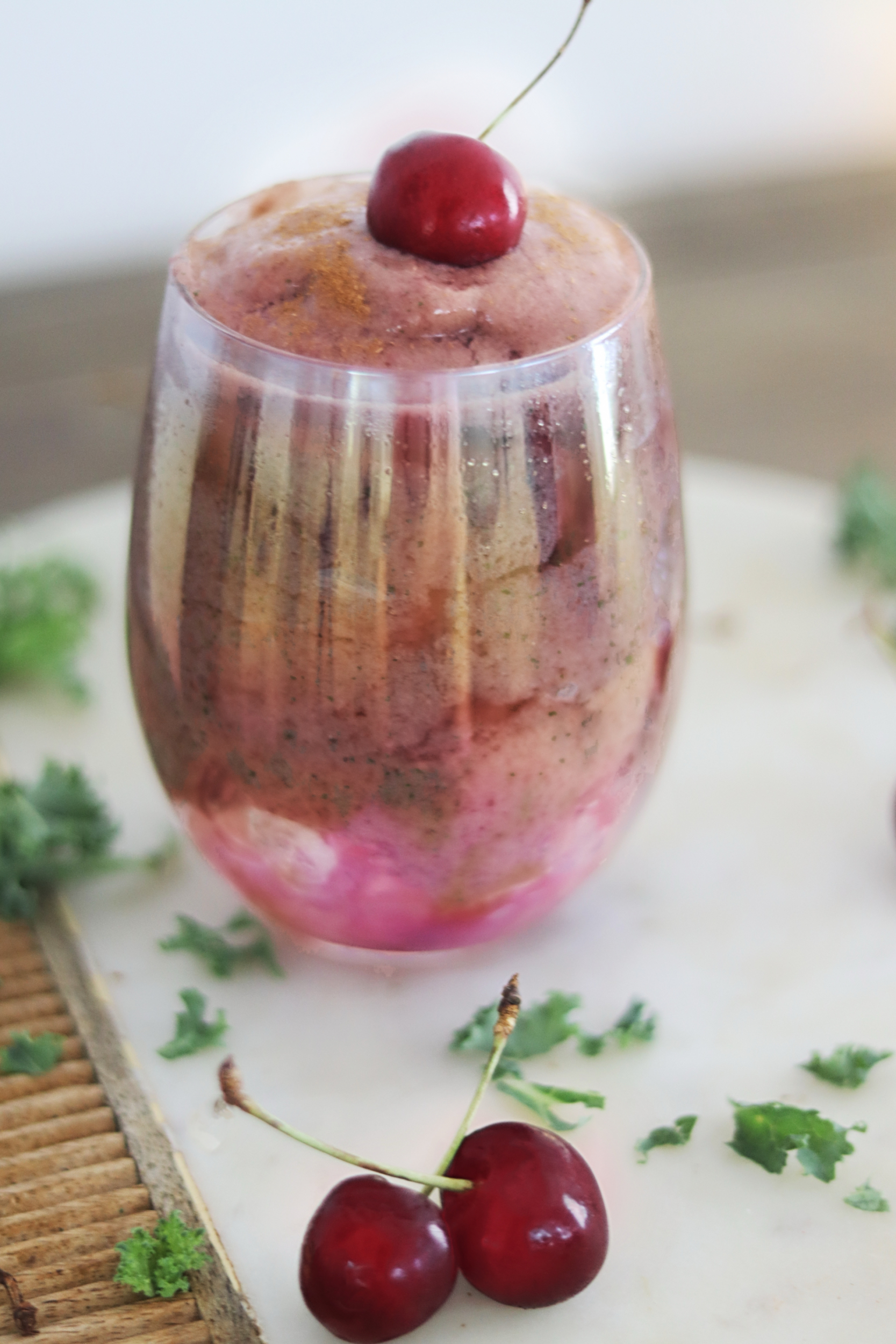
Be smart, not obsessive with your approach to exercise and eating habits and you will experience much better, much faster results.
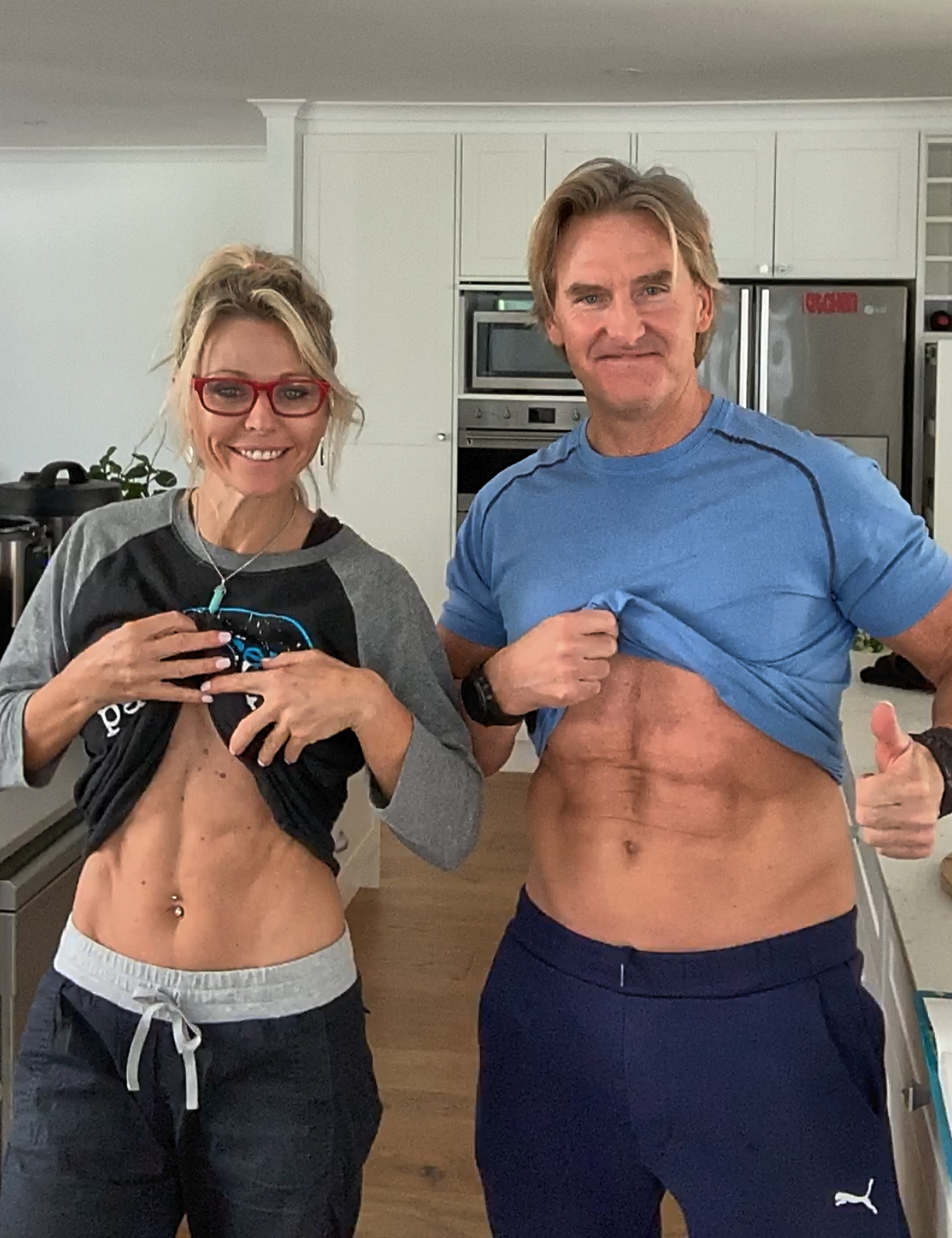
Get the Get the Transformation Cookbook here
References
1. Breakfast skipping and the risk of type 2 diabetes: a meta-analysis of observational studies. Bi H, Gan Y, Yang C, Chen Y, Tong X, Lu Z. Public Health Nutr. 2015 Nov;18(16):3013-9.
2. Beneficial metabolic effects of regular meal frequency on dietary thermogenesis, insulin sensitivity, and fasting lipid profiles in healthy obese women. Farshchi HR, Taylor MA, Macdonald IA. Am J Clin Nutr. 2005 Jan;81(1):16-24.
3. Regular meal frequency creates more appropriate insulin sensitivity and lipid profiles compared with irregular meal frequency in healthy lean women. Farshchi HR, Taylor MA, Macdonald IA. Eur J Clin Nutr. 2004 Jul;58(7):1071-7.
4. Australian Health Survey: Nutrition Key Findings, Published May 2016.
http://www.abs.gov.au/ausstats...
5. Control of cell volume in skeletal muscle.Usher-Smith JA, Huang CL, Fraser JA. Biol Rev Camb Philos Soc. 2009 Feb;84(1):143-59.
6. Night eating behavior and metabolic heath in mothers and fathers enrolled in the QUALITY cohort study. Gallant A, Drapeau V, Allison KC, Tremblay A, Lambert M, O'Loughlin J, Lundgren JD. Eat Behav. 2014 Apr;15(2):186-91.
FOLLOW Dr Paul Cribb PhD.
